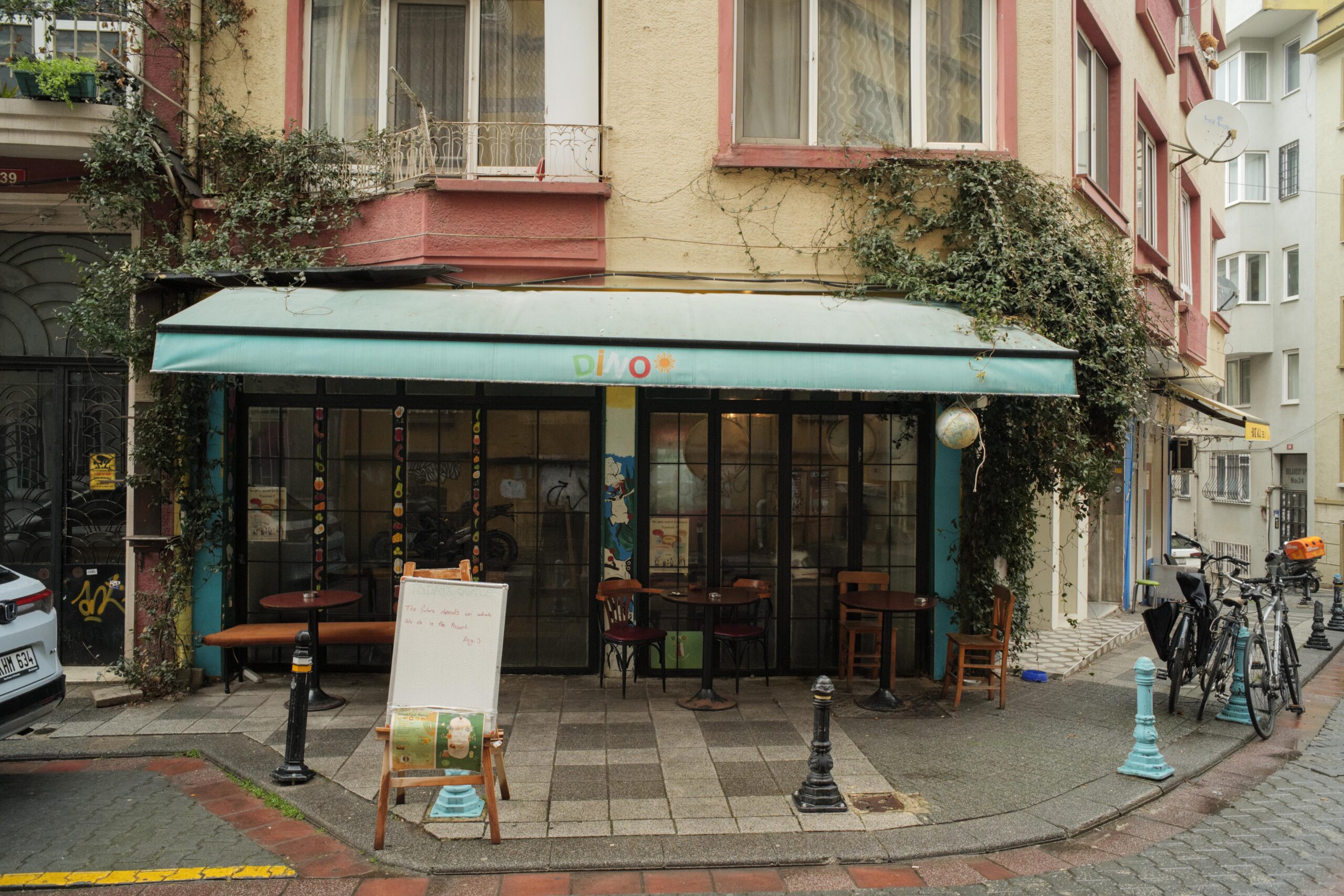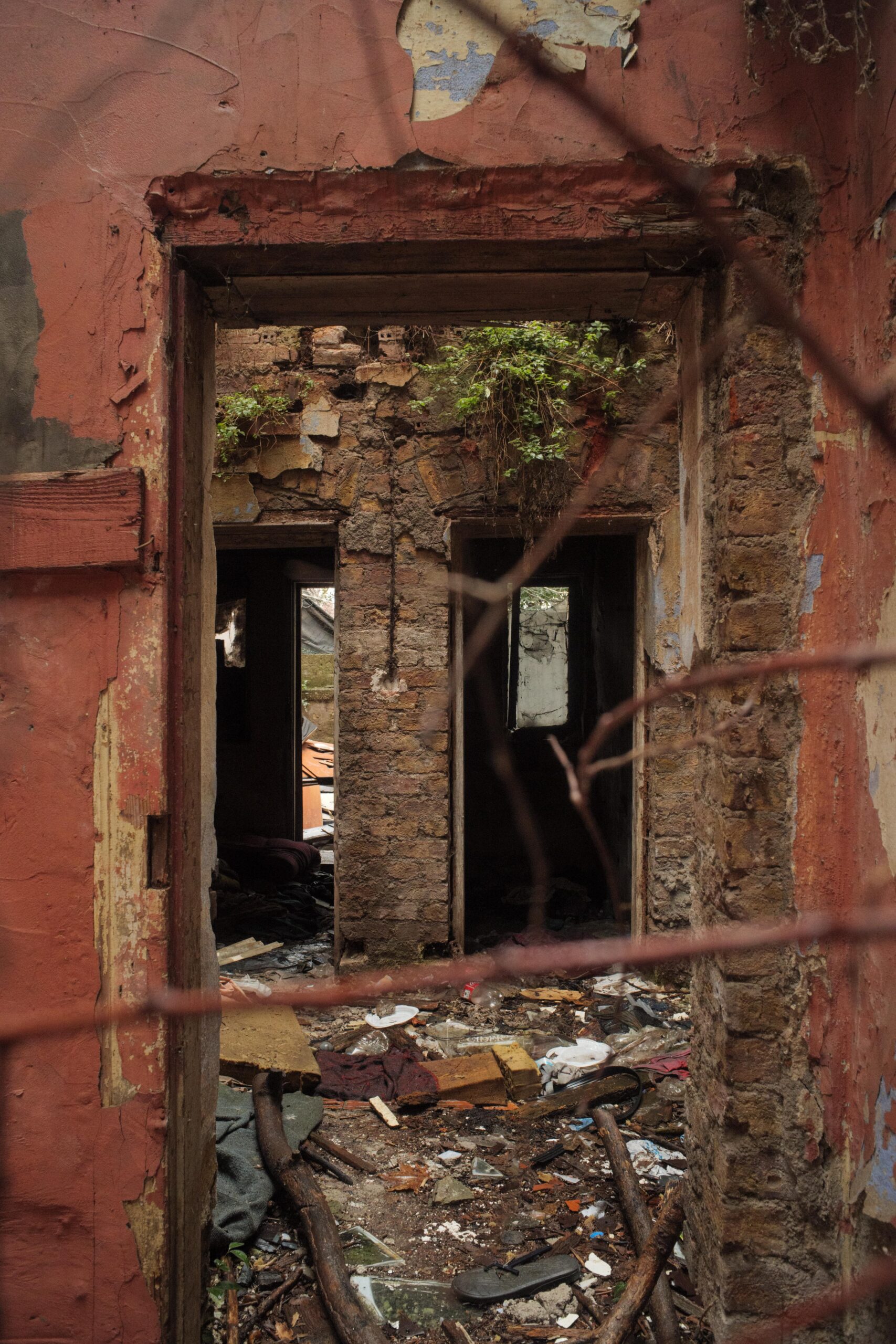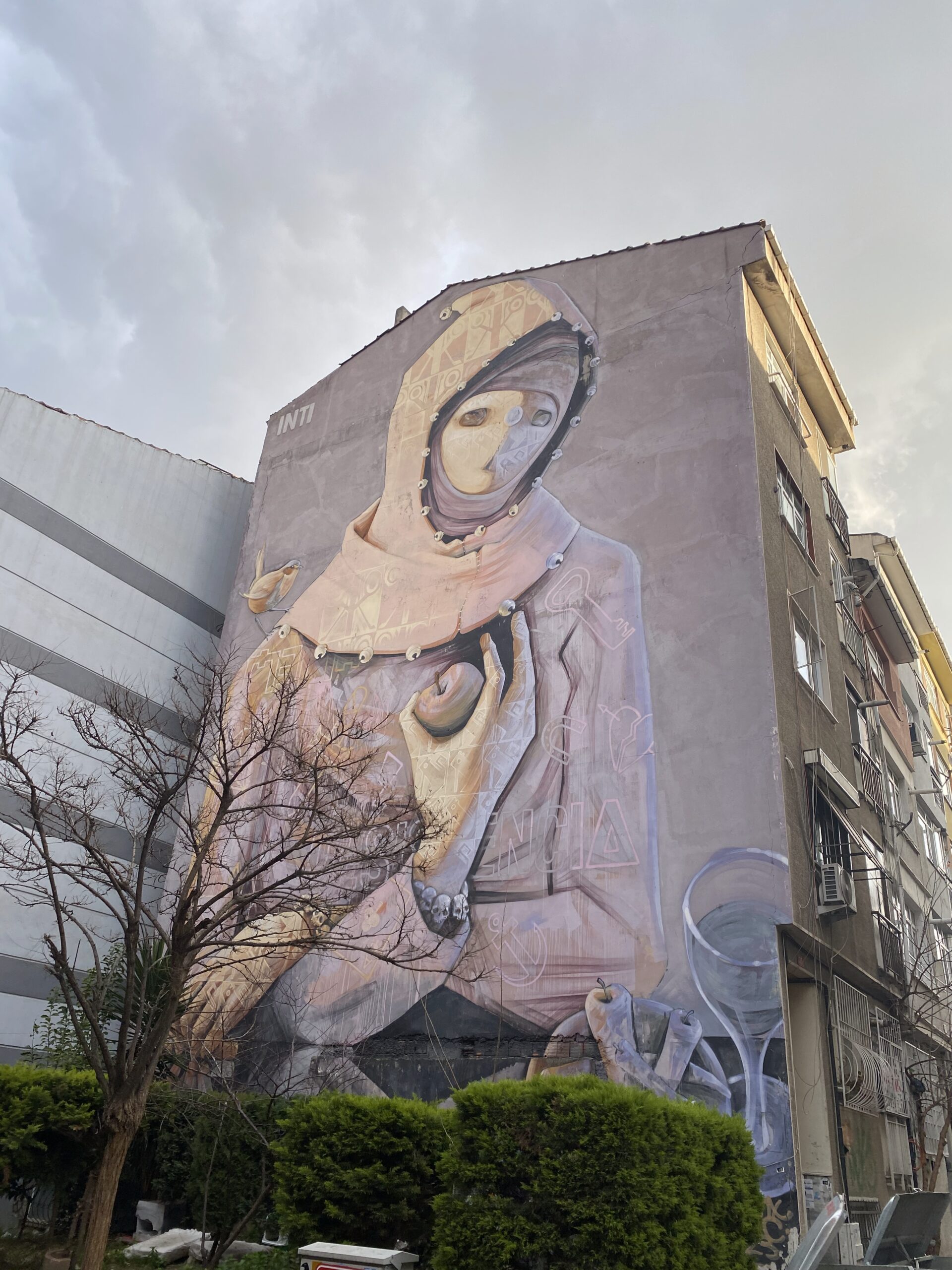Yeldeğirmeni - A Micro-research in Istanbul
Yeldeğirmeni, a historical neighbourhood located in the Kadıköy district on the Asian side of the city, has a rich historical background. It is known that the foundation of Chalcedon, the first settlement of Kadıköy, was in 675 BC, and that the walls built to protect the city of Chalcedon at that time passed through Yeldeğirmeni, Altıyol and Yoğurtçu. During the 15th and 16th centuries, the residential area was home to four windmills constructed between 1774 and 1789 under the patronage of Sultan Abdülhamit I. The historical significance of this area is further underscored by the existence of mansions with gardens, a feature that was integral to the architectural landscape of the time.The etymological origins of the neighbourhood's name are attributed to these windmills, which were essential for the production of flour. During the Ottoman Empire, the neighbourhood was predominantly inhabited by Greeks and Armenians, but in the 1870s, Jews began to settle there due to the destruction of the Mountain Bath in the hills of Kuzguncuk.
hosted numerous European visitors, particularly during the waning years of the Ottoman Empire and the early years of the Republic, and these visitors played a significant role in shaping the neighbourhood's architectural character. A notable example is the transformation of Osman Gazi Primary School, which was initially established as a German school in 1903. Following the departure of the Germans in 1918, the school underwent a transition and became an Ottoman-British institution.Subsequently, in 1935, it became a paid school attended by Turkish students, and in 1940, it was converted into a regular school. After 1950, it assumed its current identity as Osmangazi Primary School. A notable example of adaptive reuse in the area is the Sünget
Apartment Building, which was constructed between 1905 and 1910 as a guesthouse for German engineers working at Haydarpaşa Station.
The neighbourghood’s character today is defined by the preservation of historic buildings, which serve to protect the area against the urban transformation that has taken over Istanbul.
Furthermore, the presence of numerous cafes on almost every street is notable, with their prices being comparatively low in relation to the city as a whole. The presence of cooperatives in various parts of the area is also noteworthy.
Yeldeğirmeni was one of the bastion of the post-Gezi wave of local resistance to protect various parts of the city. The main aim was to protect the local fabric of the neighborhood against
gentrification attempts. Yeldeğirmeni Solidarity initiated the İstanbul’s first squat which lasted six months in 2013.
An observation session around Gazhane
This text explains a short micro-research experiment, carried out over 6 days in Istanbul in February 2025. As part of the European BASICC programme, Yeditepe University (Istanbul) asked a group of students to work on gentrification in the Yeldegirmeni neighbourhood. A research group of 19 people was thus formed to deal with this subject for 6 days. The participants in this micro-research constructed a research design based on a plan established by Yeditepe.
The Yeldegirmeni research group produced three research outputs: a fanzine, a mapping and a short written report. This last document is composed of several parts: explanation of the research questions, the defined methodology and the collected data (I), elements on the origins and consequences of gentrification in Yeldegirmeni (II) and main results (III).


SULTAN AKSU INTERVIEW

Sultan Aksu
muhtar of Rasimpaşa Mahallesi
Sultan Aku is the muthar of Rasimpaça Mahalle. She has been elected in 2019. She defines herself as a mother, a feminist activist and a local community member, engaged for the dialog between cultures and communities. Her commitment to intercultural dialogue and the fight against gentrification and
touristification is evident in the various public statements he has made on his social networks and in press articles. She is also committed to supporting minorities, notably the LGBTQIA+ community...
The function of a muhtar
A muhtar is the elected village chief. In towns, similarly, each district has a muhtar but with a slightly different status. Muhtars and their village councils are elected during local elections for five years. However, political parties are not allowed to nominate candidates for these positions. Each city has several districts. In medium-sized cities, there can be dozens of wards, and in large cities the number can be well over a hundred. Each has a muhtar. Urban muhtars have fewer duties than rural muhtars, ranging from registering neighborhood residents to providing official copies of birth certificates and identity cards. The muhtar is thus a link between civil society and the public authorities, both a relay for public power (services) and a sounding board for the population's concerns (petitions), in a dynamic that is both top-down and bottom-up.
Fanzine on Yeldeğirmeni
